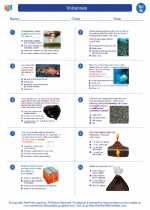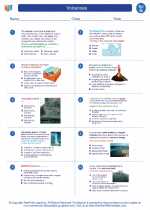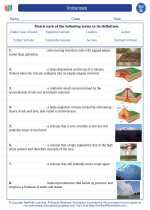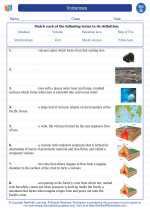Focal Length
The focal length of a lens is the distance from the lens to the point where it focuses light. It is a key property of lenses and is used to determine the magnification and field of view in optical systems.
Understanding Focal Length
When parallel rays of light pass through a lens, they converge or diverge depending on the shape of the lens. The point at which the rays converge (or appear to diverge from) is known as the focal point. The distance from the lens to the focal point is the focal length.
Types of Focal Length
There are two main types of focal length:
- Converging (or positive) focal length: In this case, the lens converges the light rays to a focal point. This type of lens is typically thicker in the middle than at the edges, and is called a convex lens.
- Diverging (or negative) focal length: Here, the lens causes the light rays to appear to diverge from a focal point. This type of lens is thinner in the middle than at the edges, and is called a concave lens.
Application of Focal Length
The focal length of a lens is crucial in determining the behavior of light rays passing through it. It is used in various optical systems such as cameras, telescopes, and microscopes to control the magnification, focus, and field of view.
Study Guide
To understand focal length better, consider the following study guide:
- Define focal length and explain its significance in optical systems.
- Discuss the difference between converging and diverging focal lengths, and provide examples of each type.
- Explain the relationship between focal length, magnification, and field of view in optical systems.
- Explore how focal length is used in different optical devices such as cameras, telescopes, and microscopes.
- Perform experiments or demonstrations to illustrate the behavior of light rays through lenses of different focal lengths.
By mastering the concept of focal length, you will gain a deeper understanding of how lenses manipulate light and contribute to the functionality of various optical instruments.









